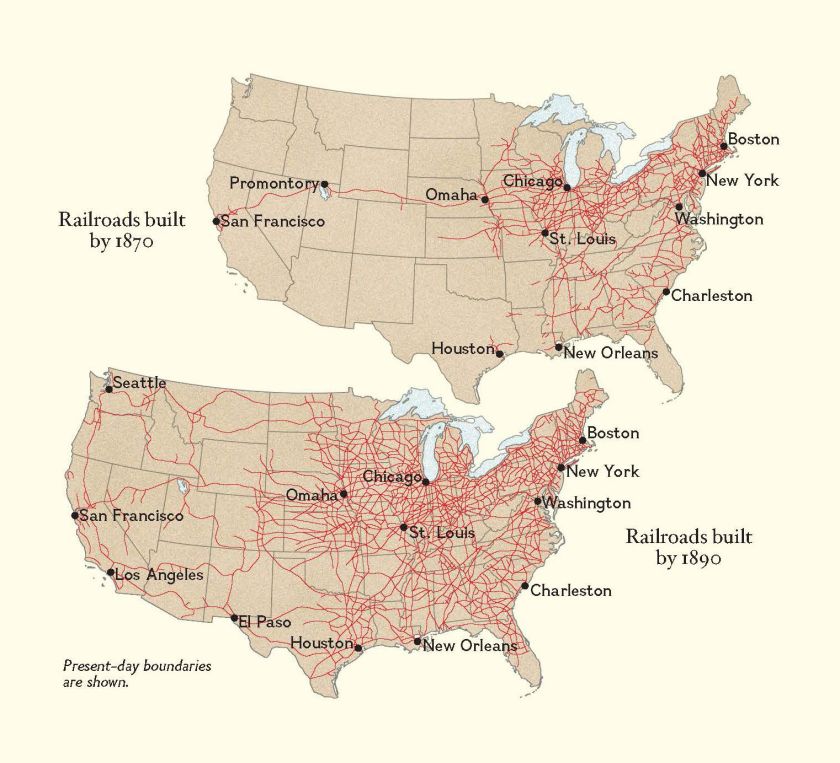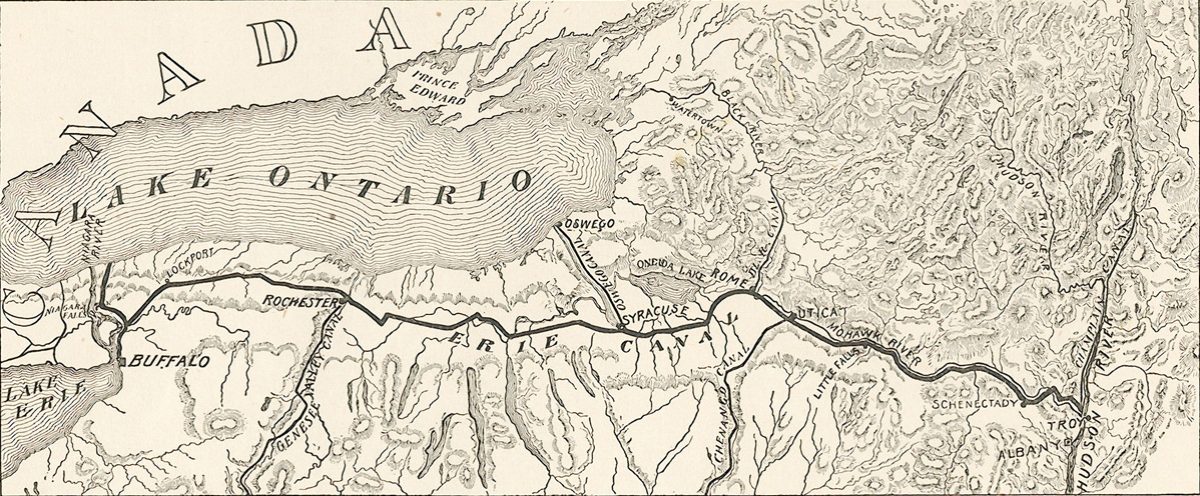In our collective memories, we canonize railroads as the great wilderness breakers, the key technological advance of the industrial revolution and American expansion. Although this may be well and true, our collective memory could use some appreciation for the role canal’s played in the century-long process of binding “the republic together with a perfect system of roads and canals,”as John C. Calhoun put it, to exploit the natural abundances of the land and improve it.1 As George Washington wrote to Thomas Johnson in 1770, “we shall not only draw the produce of the western settlers, but the peltry and fur trade of the lakes also to our ports . . . binding these people to us by a chain which can never be broken.”2 We must remember it was the debate over canals which animated the early fight for an “American system” to strengthen the union and extend American dominance over nature, “civilizing the wilderness” from sea to shining sea. The financial and engineering examples of canal projects, in success and failure, as well as the political solutions which created and destroyed them, laid paths of success and failure for railroad-men to emulate. Railroad schemes brought forth during Reconstruction seem to have benefited from these debates over the role of government in internal improvements, allowing for the perceived necessity of private corporations taking control of building America’s network of iron.

Furthermore, one might say that canals served a remarkably similar expansionist role in Appalachia, the Great Lakes region, and the trans-Mississippi West, as did the railroad past the Mississippi in the Great Plains, the Rocky Mountains, and the Pacific Coast. While inferior in degree and extant, canals, like railroads, brought revolutionary changes to American landscapes, watersheds, and ecosystems, as well as enduring political, economic, and social upheavals in American life. The American network of canals created a hybridized second-nature, altering landscapes, watersheds, and ecosystems through increased and intensified commodification, exploitation, and management of nature, similar to the changes wrought on the Western landscape by railroads. Perhaps the uneven success of canals, and their swift overshadowing by railroads, has provided the preconditions for the collective amnesia of their importance in the early American Republic.
Integrating canals more thoroughly in our shared popular consciousness will help us better understand political, social, economic, and environmental trends during the nineteenth-century. It also could have a beneficial affect on contemporary public transportation policy. In the age of the Anthropocene, and with climate change worsening exponentially, the need to rethink how humans and our commodities move through time and space is apparent. Realizing the importance of successful past infrastructure projects might aid in expanding the kind of transportation systems society considers for the future. Remembering canals from the American past shows us how less-memorialized transport options from the past can help broaden the scope of future possibilities.
By diversifying our options, the act of remembering the important history of American canals could open the American public to embrace urban light-rapid-rail technology, new engineering feats such as Elon Musk’s urban-tunnel systems, or furthering other fringe green transport infrastructure, like regional high-speed railway systems, bus-way, bike-way, and green-way systems, and non-fossil fuel-based technologies in general. If we can move past seeing the nineteenth-century only as the era of the railroad and the capitalist, industrial culture it represents, other more sustainable infrastructure might sneak their way into our national consciousness, making these options seem more feasible and desirable. Accomplishing just this is vital to combating climate change in a sustainable, efficient, and egalitarian way.

This is yet another area where historians and other academics can make important contributions to public policy. Not only can we hopefully influence specific legislation, we can also push for an evolution in the way humans think about transportation infrastructure through retooling how we think about the past.
1 Annals of Congress, 14 Cong., 2 sess., Feb. 4, 1817, p. 854. See also, Cumberland Road debates, ibid., 14 Cong., 1 sess., Jan. 9-April 2, 1816, pp. 514, 1211, 1250-52, 1308.
2 George Washington to Thomas Johnson, July 20, 1770, Corra Bacon-Foster, Early Chapters in the Development of the Potomac Route to the West (Washington, 1912), 18-21.


